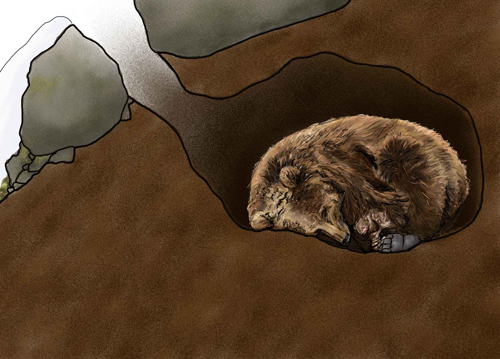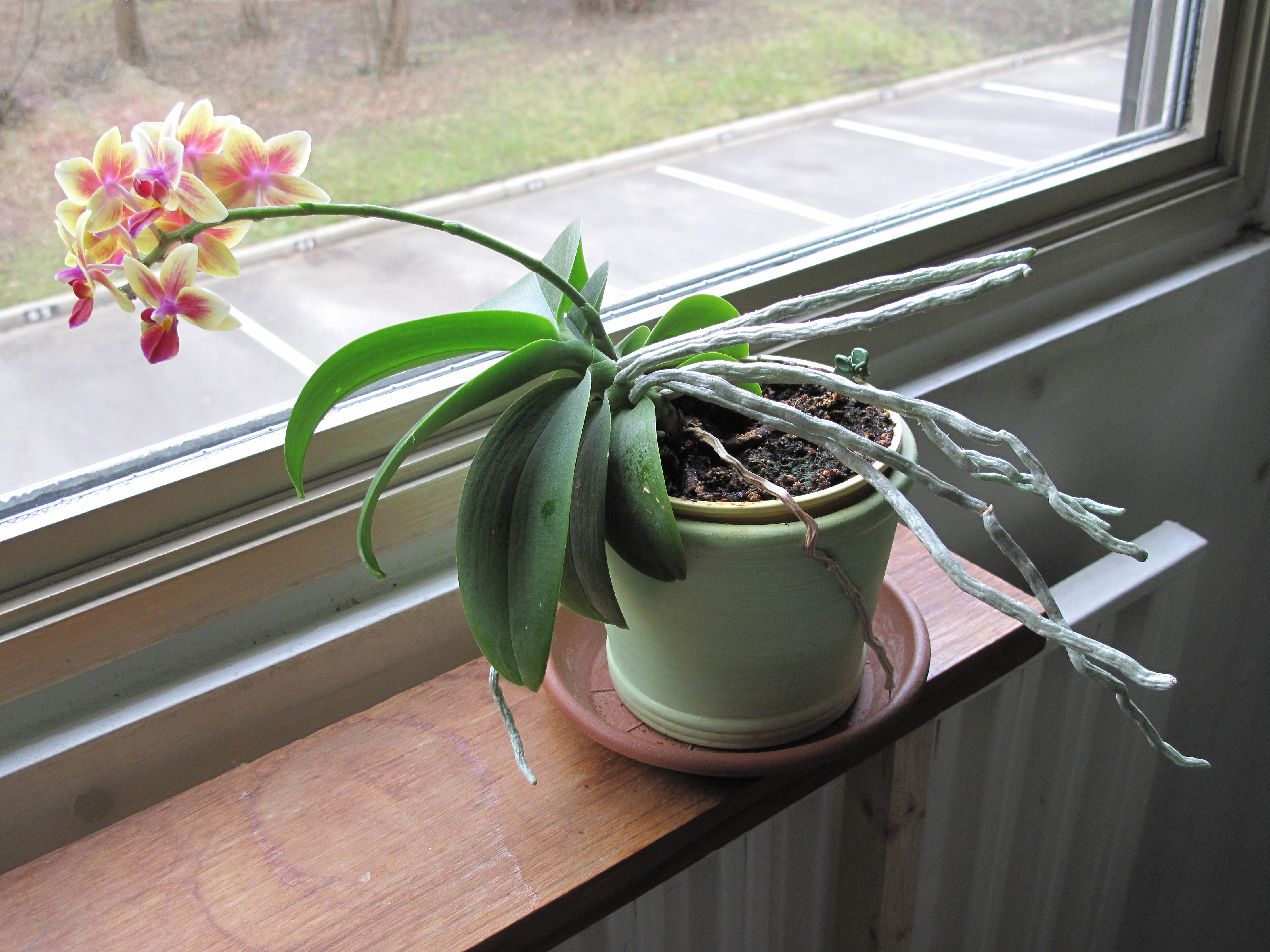Plant and Animal Adaptations (10/17-10/21)
 |
| https://s-media-cache-ak0.pinimg.com/originals/3a/8d/21/3a8d2195bfabad750814c693a3eacf48.gif |
Summary:
This week we have been learning about adaptations. Adaptations are things that help all living things be able to reach their ultimate goal. The ultimate goal for all living things is to survive to reproduce. There are things that animals and plants need to survive.
Animals need:
- food
- water
- shelter
- air
Plants need:
- sunlight
- water
- food
- air
All living things change over time so it is easier for them to fit in their environment. For example, when wolves started being tamed, and allowed in houses, they started to change into dogs. Their teeth are not fit for hunting animals, or breaking them apart to eat. There are more things, but I have more to talk about.
Do people ever tell you that you have the same eyes as your mom, or the same nose as your dad? Adaptations are inherited characteristics that help organisms survive long enough to reproduce. What does that mean? Inherited characteristics are characteristics that you get from somebody in your family.
Structural Adaptations in animals
Body parts or coloration that help an organism to survive in their environment
 |
| Link |
Camouflage/Coloration
Blending in with the environment for protection from predators or to help sneak up on prey.
Oh, and by the way the image to the right, those are not just leaves!
 |
| Link |
Mimicry
Mimicry is when an animal copies a behavior or appearance. This is used for protection or obtaining food. To the right, you can see an example of mimicry.
Bent Hind Legs
 |
| Link |
Bent hind legs help prey run faster to escape. It helps predators to run fast and catch prey. Humans can bend their legs but... they can you bend your legs the other way? Please don't make it snap. The answer is no. Humans don't have bent hind legs. This is why you might not be able to run as fast as a horse or a dog
| Link |
Teeth
Teeth are very important in all different kinds of animals. Teeth are are flat for grinding vegetables in herbivores, and sharp for cutting animals in carnivores.
| Link |
Eyes
Eyes are also very important structural adaptations. They are most likely of the side of the head for prey and facing forward for predators. Why? Prey has them on the side of their head because they need to be aware of predators. Predators need them facing forward so they can easily find their prey.
Behavioral Adaptations in Animals
The way an animal behaves in an environment
In other words: INSTINCTS
Migration
| Link |
Migration is a seasonal or periodic movement of animals from one place to another. You may have seen this with birds, but many other animals such as fish, insects, snakes, moose, and more migrate as well. Migration happens when there is less food, or the climate is going to change. Sometimes even to ensure reproduction. When migration happens, it is usually movement there, and back.
 |
| Link |
Hibernation
Hibernation is a winter survival technique where all body process slows down, and the body becomes inactive. Another way to think of hibernation is that it is a very long sleep. Some examples of animals that hibernate are bears, squirrels, bats, etc.
| Link |
Living in a group
Many animals live in groups. This means better hunting because there are more eyes to look out. This is also used for prey so they can have a better watch for dangerous predators.
| Link |
Tool use
Tools are also important. This is when any animal uses any object in order to perform a specific task. Some animals that use tools are otters, crows, and monkeys. Some other animals, like elephant use tools as well, but not as often.
 |
| Link |
Playing dead
This is a tactic that is used by animals such as possums, and some species of duck. This is used mostly by prey so they can escape harm that could be caused by a predator.
| Link |
Calling
Calling is used as a way of communication between animals, though many forms of communications through animals are through smell. Some animals that do this are birds, wolves, elephants, and more.
Threatening
Animals threaten other animals by using gestures and sounds that will scare of predators. This is used in gorillas, elephants, wolves, etc.
Structural Plant Adaptations
Structures:
Some structural adaptations in plants include holdfasts, empty spaces for water storage, tallness, thorns, flexibility, flotation devices, thick bark, darker in color, extensive roots, and more.
Seeds
To survive, seeds have to be dispersed (spread apart) away from the parent plant (where the seeds came from.) The ways that seeds disperse are with the wind, animals, water, bursting, and humans. One way that seeds disperse by humans is by your shoes, or feet. You step on them, and then they fall off.
| Link |
Plant adaptations
Protection
Protection is very important in plants. If a deer comes for some grass, the grass can't just run away and hide like animals would. It would need to protect itself. Some ways that plants protect themselves are with thorns, bad tastes, poison, coloration, spikes, oils, and thick and waxy skins.
Obtaining food
All plants use the process of photosynthesis to make glucose in their leaves. The bigger the leaves are, the more sun they can capture. Sometimes, the leaves are also darker so they can absorb the sunlight more easily
Behavioral adaptations in animals
Behaviors that help plants survive
 |
| Link |
Tropism
Tropism is the movement of plants towards or away from something. Have you ever had a plant leaning towards the window? One important example of tropism is phototropism. Phototropism is the movement of a plant towards light for photosynthesis. Another example of tropism is gravitropism. This is when a plant moves in a different direction in response to gravity. If you hang a plant upside down, (This won't happen right away, It will take a lot of months) the plant will turn around and start growing upright again.
 |
| Link |
Dormancy
Dormancy is when a plant goes inactive during the winter. This is why gardeners suggest to put plants in your garage for the winter, and then take them out when it is over. Dormancy is basically plant hibernation. Trees loose their leaves in the fall because they are preparing for dormancy in the winter.
SP6: Constructing explanations and designing solutions
This week we constructed explanations of the different kinds of adaptations in plant and animals, and how they help them survive. We designed solutions about why each of these adaptations work, and what they do. I learned that every animal, and every plant has a certain type of adaptation that helped them, or they won't be alive.
We also started a project where each person chooses a habitat to learn about. They research about one plant, and one animal that lives in that habitat, and the adaptations that it has to use to live in that habitat. We will be competing against the other people that are also learning about that habitat.
Comments
Post a Comment